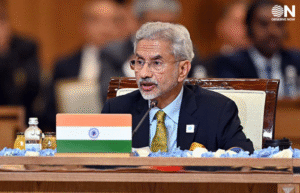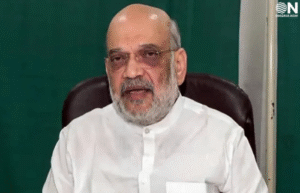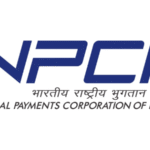Coal India Allows Sale of Surplus Power Under Revised Policy

Coal India Limited (CIL), the state-owned mining giant, has announced a policy shift that could have far-reaching implications for India’s electricity market and operational flexibility for thermal power plants. Effective August 1, 2025, CIL has lifted previous restrictions and will now allow power generators using its linkage coal under long- and medium-term fuel supply agreements to sell any unutilized electricity—commonly referred to as un-requisitioned surplus (URS)—through power exchanges and the open market.
The move aligns with the government’s revised SHAKTI (Scheme for Harnessing and Allocating Koyala Transparently in India) policy, which seeks to increase efficiency, improve cost competitiveness, and make electricity more affordable for consumers. By enabling plants to offload surplus power, the change is expected to help reduce wastage of generation capacity, particularly during off-peak demand periods, while also allowing distribution companies and bulk consumers to procure cheaper electricity in real time.
Industry analysts believe that this flexibility could benefit both generators and buyers, with the potential to stabilize prices during periods of demand volatility. The decision is also likely to incentivize better capacity planning and utilization rates for plants that often operate below optimal load factors due to fluctuating demand from their primary buyers. CIL officials have clarified that the policy will be implemented with safeguards to ensure priority supply to contracted buyers before any surplus is sold in the open market, thus maintaining energy security for long-term partners.
Power producers have welcomed the change, viewing it as a step toward a more market-driven electricity sector where resource allocation is optimized. Some energy economists also note that the policy could attract new investments in cleaner coal technologies and ancillary services, given the added revenue opportunities. However, critics caution that without parallel reforms in transmission infrastructure and regulatory coordination, the benefits might be unevenly distributed, particularly in regions with weaker grid connectivity.
The Ministry of Power has expressed confidence that the revised framework will be a win-win, promoting competition while supporting the financial health of generators. In the coming months, market watchers will be closely monitoring the volume of surplus power offered on exchanges and the impact on spot prices, as India continues its journey toward a more flexible and responsive electricity market ecosystem.
















